
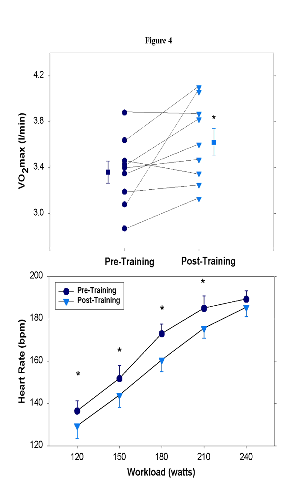
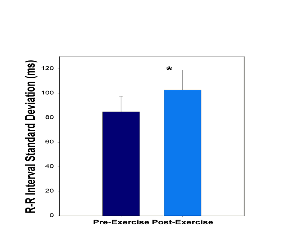
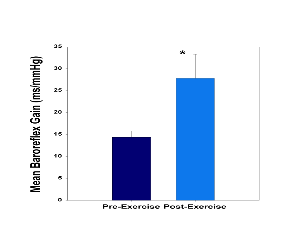
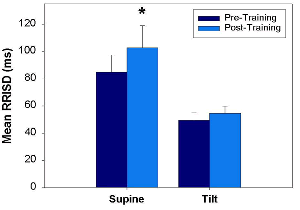
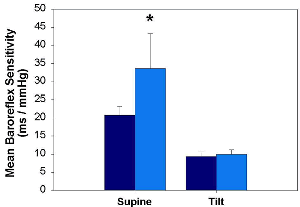
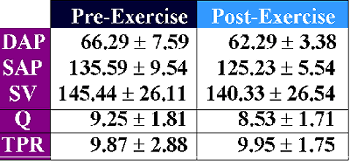
| UROP | Students | Employment | PAB | BMES | Links | Contact Us |
| Michigan Tech Homepage |
Last modified 13 November 2000
Mail comments and/or questions concerning this site to the Webmaster
Mail questions concerning Biomedical Engineering at Michigan Tech to biomed@mtu.edu